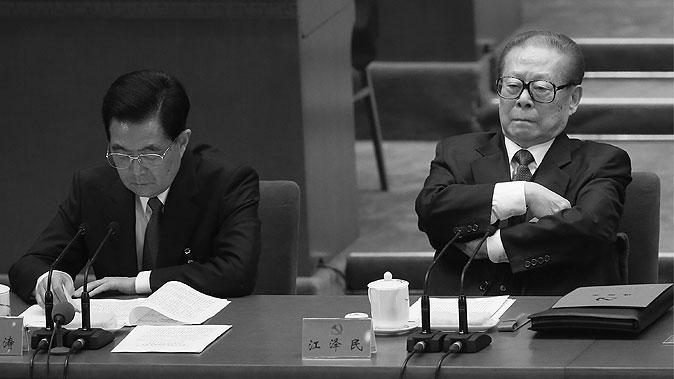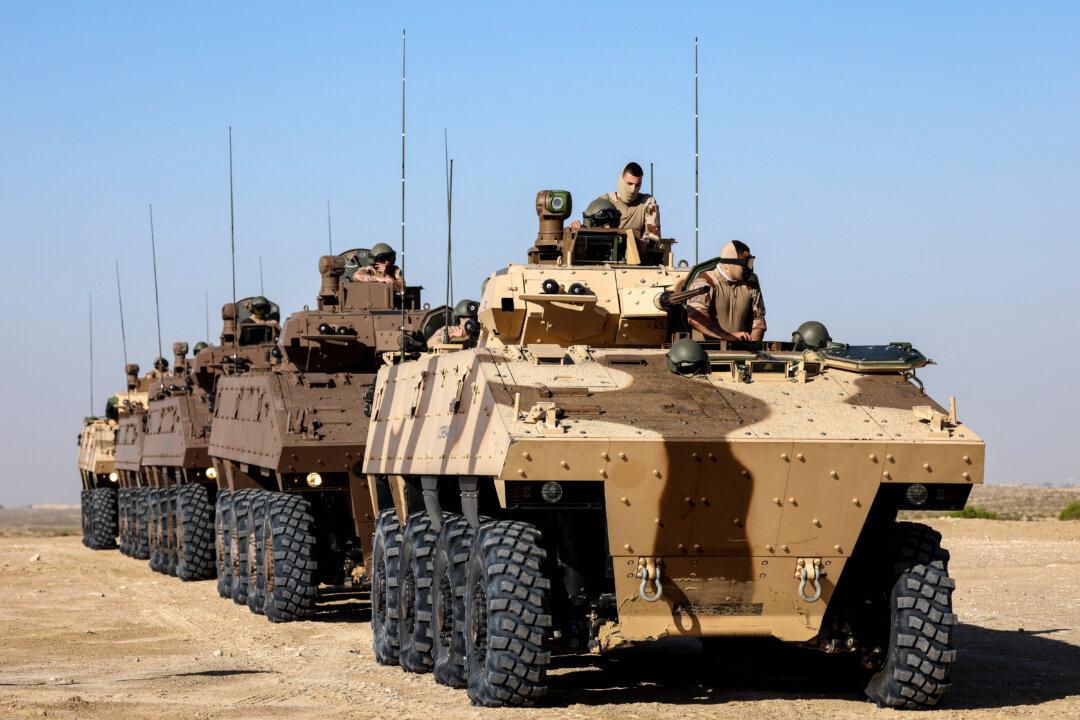Read the series here: Unbridled Evil
Unbridled Evil: The Corrupt Reign of Jiang Zemin in China | Chapter 6, Part II
A translation of the book 'The Real Jiang Zemin' from the original Chinese

Former Chinese communist leader Jiang Zemin (R) attends the closing session of the 18th National Congress of the Chinese Communist Party on Nov. 14, 2012, in Beijing. Jiang is believed to be the ultimate godfather behind the plotting of Bo Xilai and Zhou Yongkang. Feng Li/Getty Images
|Updated:




